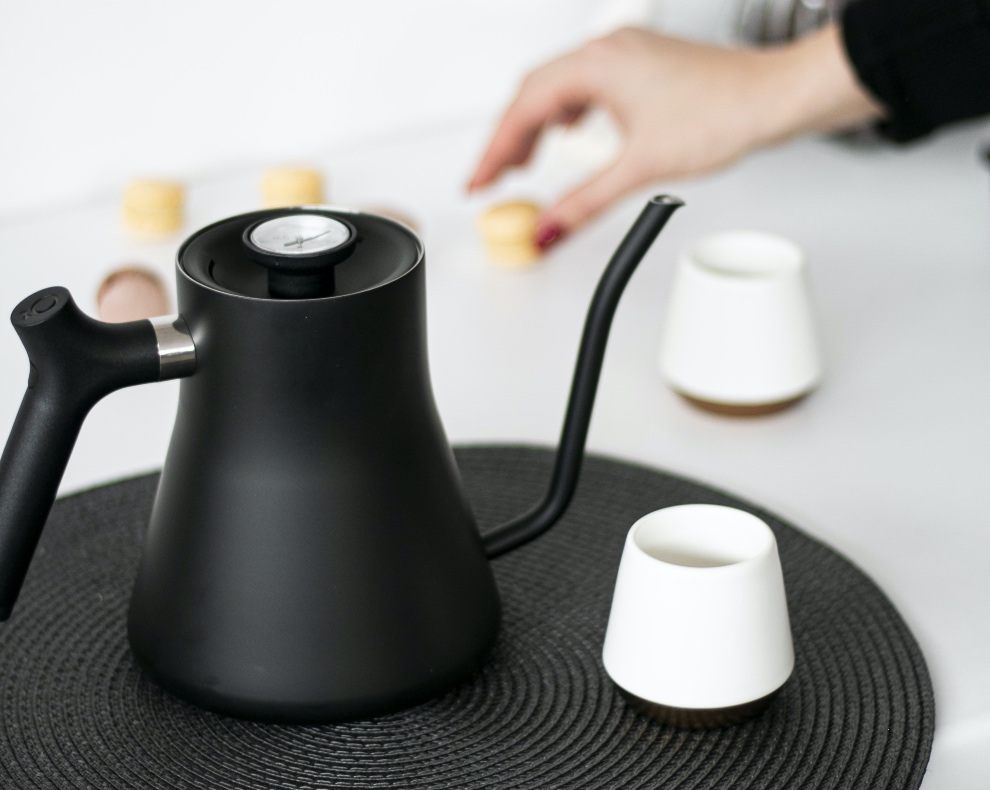
Coffee cupping at home: A step by step guide
Coffee cupping is a fantastic method of analyzing coffee samples, and it is used within the industry as a way of quantifying the qualities of coffee beans.Of course, there are loads of different ways to try new coffee drinks, but cupping has become an industry standard.
Cupping sessions are all about working out the actual qualities and characteristics of the coffee beans, so there aren’t any additions such as milk and sugar. It is a way to compare the coffee types side-by-side with no extra processing or barista skills.
History of cupping
Cupping is used within the industry, by roasters, suppliers, and many different coffee professionals who are looking to establish which types of coffee to stock and purchase. It is thought to have started as early as the 1800s when merchants who were importing and buying coffee would decide on what to buy. Cupping is a great way to notice any impurities as well as working out the flavor profile of the coffee itself. This is a drink with numerous complex tasting notes and this is widely-accepted to be the best way to work out which are best.
Eventually, there were even cupping competitions. The Specialty Coffee Association of America (now the Specialty Coffee Association, SCA) created guidelines for how professionals should carry out cupping.
You can enjoy coffee cupping at home. It is a great way to decide which kinds of coffee beans you want within your house to drink and coffee enthusiasts can actually learn a lot from the process.
So, how do you carry out cupping at home?
A quick guide to coffee cupping
Once you’ve gathered your coffees then the steps are simple.
- Check the cups you are going to use and how much water they hold. It is best to use small cups, with 100-150ml an ideal amount.
- Prime your grinder, run a few grams of coffee through before discarding it to get rid of the remnants of other coffees that may be inside.
- Grind batches of the coffee you want to on a medium to coarse setting. You need to grind two batches, with 6g per 100ml of water.
- Place the batches of ground coffee into separate cups and then pair them up, labeling which kinds of coffee they are.
- Make a point of smelling the coffee beforehand and even taking some notes on what sort of aroma you experience.
- Repeat steps two through to step five for each different coffee you are going to try out.
- Add your hot water and at the same time start a timer. The water should be 94 degrees C, and make sure you have heated enough to fill all of the cups. Any spare water should go into a glass where your cups can be added.

coffeefriend.co.uk
- After four minutes break the crust that has built up on the top with the back of the spoon. This will release gases and can further add aromas to the whole experience.
- Rinse the spoon and then break the crust on all of the other cups.
- You can use a spoon in a circular motion to scoop up any crust and grounds that have built up on the top of the cups.
- When 15 minutes has passed, it is time to taste, starting with the first coffee you poured water into. Take a spoonful of the coffee and slurp it into your mouth, making an audible slurping noise. This means that you aerate the coffee and let it coat your mouth and palate.
- Take your notes. What do you taste? Is it acidic and bitter or are you getting sweet and fruity notes? Anything goes.
- Repeat for all of the different coffees, taking a sip of water between each to cleanse your palate.
A lot of people repeat this whole process, as you will almost definitely get some different outcomes the second time around.
The professionals have specific tasting notes and even forms that they fill out. If you are doing this at home by yourself this might take some of the fun out of the process. So, in this case, it is often best to work out what you want to get out of the cupping session and make your own judgements on what is important.
It may be just as simple as talking to some of your friends about the coffee and comparing your notes to see whether you both liked the coffee or came to the same conclusions. People who are required to grade coffee have to develop a very refined palate, but at home this is all about having some fun.
So there we have it, you can give cupping a go at home either on your own or with other people, and this is a great way to work out which coffees are your true favorites based on the coffee beans.



















